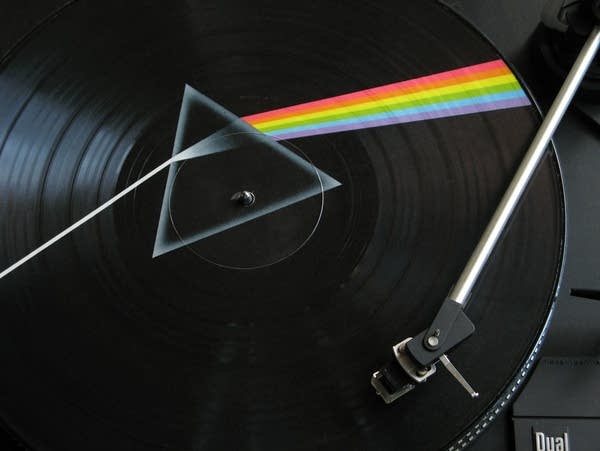Stop skipping tracks: Why I listen to entire albums

by Sarah Eldred
November 25, 2016
When was the last time you sat down and listened to an album from beginning to end without hitting the skip button? Do people even do that anymore? Experiencing an album from start to finish is a lost art.
Thinking about listening to an entire album seems like a serious time commitment, but it isn't. It's a choice. I can guarantee that when season 5 of House of Cards is released I will watch all the episodes uninterrupted, as will many of you.
Actually, the time commitment of listening to an album should be a non-issue. Most full albums are shorter than an episode of Westworld. Alicia Keys's new album Here is only 46 minutes, Farewell Milwaukee's Fm is 49 minutes, Jack White's Lazaretto is 39 minutes, and Weezer's White Album is only 34 minutes. Four of my favorite albums are all exactly 42 minutes: Dark Side of the Moon by Pink Floyd, Thriller by Michael Jackson, Trace by Son Volt, and Let it Bleed by the Rolling Stones.
In the amount of time it takes you to commute to work or get 10,000 steps, you can enjoy an album the way it was meant to be listened to, in its entirety. That's precisely what an album is, a body of work. The individual tracks come together to create a bigger picture. How would it feel if you went to the opening of an art gallery and there was one photograph hanging on the wall? You wouldn't read every other chapter in a book, would you? What about going to a play and seeing only the middle act? Listening to an album from beginning to end is the only way you'll get the full impact, as the artist intended.
Some artists create albums that make it difficult, in fact, to listen to as individual tracks. Dark Side of the Moon is obviously an example, and so is The Crane Wife by the Decemberists. See also: The Miseducation of Lauryn Hill. These recordings demonstrate a few different ways an artist can make you stick around until the curtain call. In Dark Side of the Moon the tracks flow into one another with no audible pause on either side. If you start listening at "Us or Them" or "Brain Damage," it sounds as if you've just entered a conversation that has been going on for awhile.
Another way of keeping an audience glued to their headphones is telling a story. Lauryn Hill does this in Miseducation. It's not a linear story, but each interlude between tracks leads you into the next song and ultimately deeper into Hill's journey. Many albums feel like odysseys in this sense. nn
Artists can also combine the two approaches. In Hazards of Love, The Decemberists take 17 tracks (approximately 58 minutes) to tell you the tale of a maiden falling in love with a forest-dweller. Each song brings you further into the story. If you stop listening mid-album, you'll never find out what happens to Margaret.
Listening to an entire album can bring you so many different places. It can be a jaunt into new territory or it can be like a visit to an old familiar friend. It can be a respite from a long day or a boost of energy to carry you through that long day. Easy as it is to cherry-pick tracks digitally, whether you're streaming or spinning it's worth settling in for a longer listen.
Sarah Eldred works in the development department at MPR and shares an equal passion for music, dogs, and tacos.
